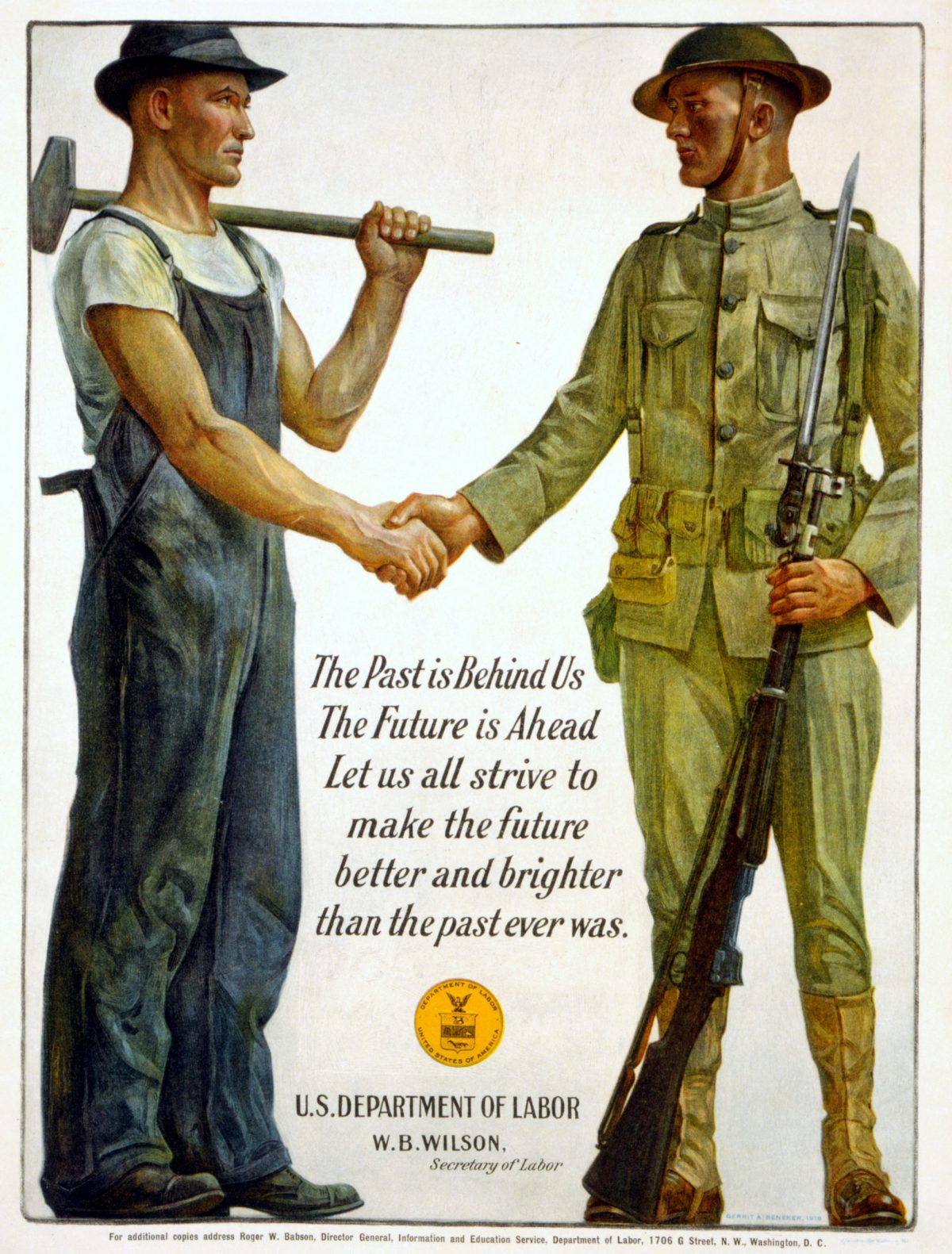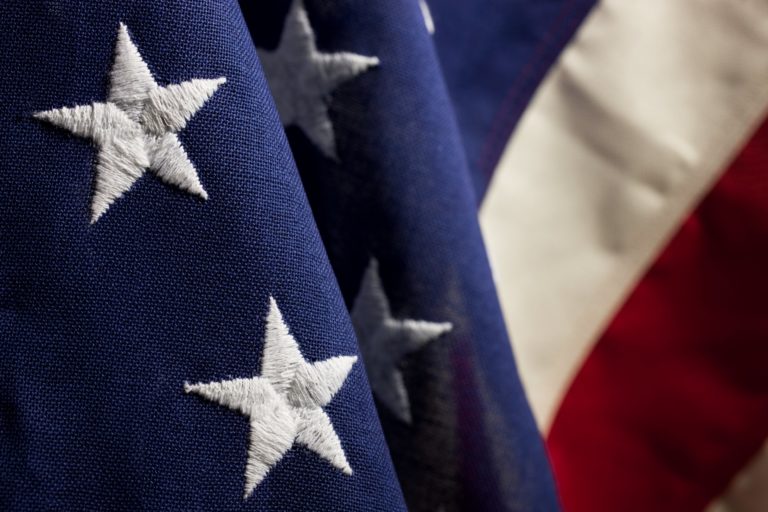What is Labor Day? Mention Labor Day, and most people think of three-day weekends, barbecues, and the end of summer. The history of Labor Day is much less well known. This first Monday of September honors American workers and their contributions to the prosperity of the U.S. — a day the 19th century’s labor movement fought for during a dismal time for American workers. Here’s how it came to be.
1619
Polish workers organize the first labor strike on American soil in Jamestown, Virginia. Over the next century and a half, there are hundreds more strikes by workers of all genders, ages and races.
1800s
With few protections, many Americans work 12-hour days, 7 days a week, and just barely make a living. In some states, even children as young as 5 years old labor in mills, factories and mines across the country, earning a fraction of the adults’ pay.
Workers face extremely dangerous working conditions with little to no access to safe, clean facilities or guaranteed breaks.
MORE: Amazing American flag cupcakes
With the continued rise of manufacturing over agriculture, labor unions come to the forefront of the battle for better conditions. Strikes and rallies become more common.
1882
Recognized as the first unofficial Labor Day parade, ten thousand workers take unpaid time off to march through Union Square in New York to protest low pay and poor working conditions.
1882
Labor Day is first proposed as a holiday. Even now, no one is sure whether this came from Peter McGuire, general secretary of the Brotherhood of Carpenters; or Matthew Maguire, a machinist and secretary of the Central Labor Union in New York. Regardless, the Central Labor Union adopts a proposal for recognizing the Labor Day holiday, and appoints a committee to plan a demonstration and picnic.
September 5, 1882
The Central Labor Union holds the first Labor Day celebration in New York City.
September 5, 1883
The Central Labor Union holds its second Labor Day celebration.
1884
The first Monday of September becomes the official holiday. The Central Labor Union encourages other unions and workers’ rights organizations to celebrate and honor American workers on this day.
1885
As labor unions grow, word spreads about Labor Day, and many communities hold celebrations.
1886
The Haymarket Riot, one of many violent protests during this period, results in the deaths of several Chicago policemen and protesters.
1887
Oregon becomes the first state to pass legislation officially recognizing Labor Day as a holiday. Thirty additional states follow over the next seven years.
MORE:Labor Day blessings and greetings
1894
Employees of the Pullman Palace Car Company in Chicago go on strike to protest wage cuts and the firing of union representatives, placing workers’ rights front and center in the public’s view. Federal government efforts to end the strike cause more than a dozen workers’ deaths.
1894
Just six days after the end of the deadly Pullman strike, Congress unanimously votes to approve Labor Day as a national holiday. President Grover Cleveland signs it into law.
1880–1900
American workers carry out about 37,000 strikes across the U.S.
1870–1914
Up to 800 American workers die during strikes.
1869
The Colored National Labor Union forms.

1900s
Frequent strikes take place over gender equality, immigrant rights, workplace safety, civil rights, workplace rights, retirement and labor laws. New laws are also passed as workplace accidents continue harming and killing workers.
1909
In New York City, 20,000 female shirtwaist makers strike against sweatshop conditions.
1911
A fire in the Triangle Shirtwaist factory in New York City kills nearly 150 workers.
1912
The Bread and Roses Strike in Lawrence, Massachusetts, brings 23,000 men, women and children to the picket lines.
1965
Cesar Chavez forms the AFL-CIO United Farm Workers Organizing Committee
2001
Labor unions join with community activists to enact “living wage” ordinances in communities across the country.
2002
President George W. Bush threatens to strip collective bargaining rights of 170,000 workers in the newly formed Transportation Security Administration.
2009
President Obama signs the Lilly Ledbetter Fair Pay Act, restoring the rights of working women to sue over pay discrimination.









